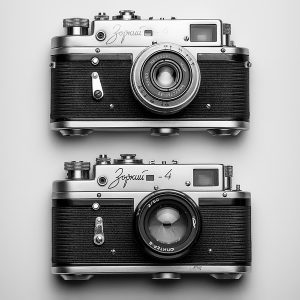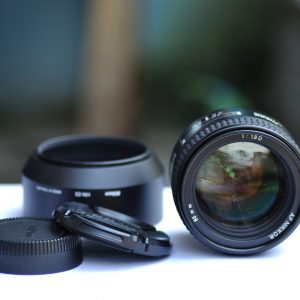Management of lighting is an essential skill in photography. To manage light properly requires planning a photograph before it is taken.
COURSE STRUCTURE
There are eight lessons in this module as follows:
- Light Characteristics and Lighting Concepts
- Light Sources – continuous and flash
- Meters and Filters
- Other Equipment for Lighting
- Contrast and Composition
- The Zone System
- Studio Lighting
- On-Location Lighting
COURSE AIMS
- Discuss the scope and nature of lighting as relevant to photography.
- Describe how different light sources will affect different images in varying ways.
- Describe how different filters can be used to create different lighting effects.
- Identify the differences between different types of light meters.
- Describe the range of equipment which can be used to help achieve more desirable light conditions for photography.
- Explain contrast and how to compensate for imperfect light conditions.
- Explain how to use tone to create the desired final image.
- Distinguish between utilisation of light in a studio and on location
WHAT YOU WILL DO IN THIS COURSE
This course involves far more than just reading and answering questions. Below are some of the activities you will do as part of your study:
- Investigate different film types with respect to suitability for different light conditions
- Set up and use a ‘Computation Folder’
- Shoot film of different subjects under a variety of light conditions
- Apply the zone system to different situations
- Analyse the lighting effects in various photos
- Research the characteristics and uses of different types of equipment





